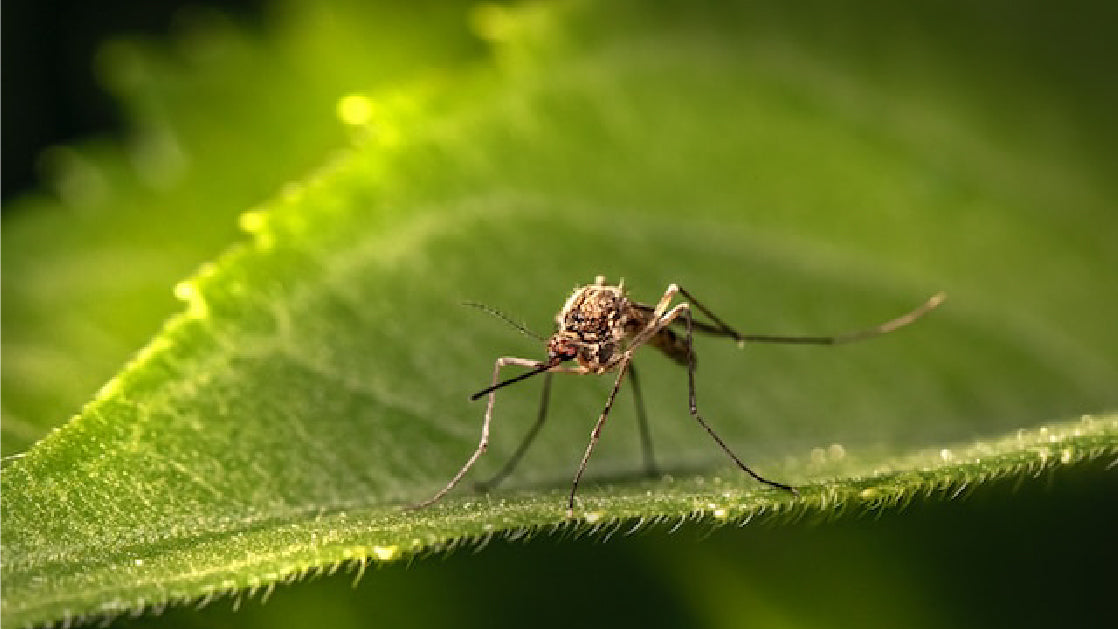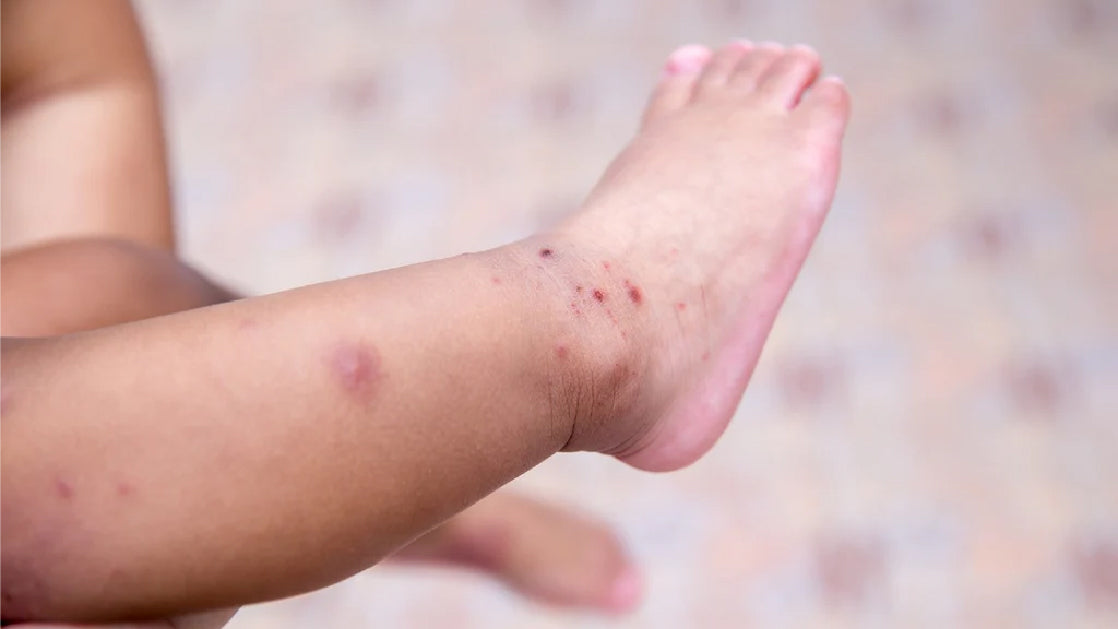How frequently should you wash your hands?
We tend to go about our day by getting various activities done, and these daily activities often accumulate germs in many different ways, making it near impossible to keep your hands germ-free. However, if you wash your hands properly at the appropriate times, you can reduce the risk of an infection. These are just some of the common activities in a day, before and after, in which you need to make sure to wash your hands are provided below:
- After using the toilet
- Caring for sick people
- After holding menus in restaurants
- After touching any surfaces or public objects, such as doorknobs, railings, tables, or countertops and more.
- Taking care of open wounds and cuts
- Returning from hospitals, laboratories, or other medical facilities
- Touching and playing with pets or stray animals
- Taking care of your pet’s food
- Smoking
- Putting on or taking off contact lenses
- Preparing your food
- Going to the bank and managing cash or receipts
- Getting home from the street
- Hopping onto public transportation
- Touching you phone
- Managing waste materials

It is safe to say that handwashing is a much needed practice to be inculcated into the community, regardless of age group or race. It is primarily important to ensure that proper handwashing techniques are used to ensure that you are properly protected from harmful microbes. Here are some tips we can share on how to wash your hands the right way.
- Use running water to wet your hands rather than stagnant water.
- Gently spread soap between your hands.
- Rub your palms together in a circular motion.
- Move your fingers back and forth while interlacing them.
- Rub your palms and fingernails together.
- Individually clasp your fingers with the opposite arm.
- Remember to rub your wrists with the soap as well.
- Using clean, running water to rinse your hands.
- Don’t touch the tap directly; instead, use a dry towel or tissue paper.
- Dry your hands using a towel or tissue paper.
Don’t just stop here. You can also use a hand sanitizer with alcohol to help you avoid getting sick and spreading germs to others. For instance, our card Sanitizer Spray works perfectly if you are out and about! It contains 75% alcohol and does not leave a sticky or uneasy feeling after spraying. An alcohol-free range is also available, highly effective against pesky germs and suitable for kids. With a variety of scents available, you can check them out here.

